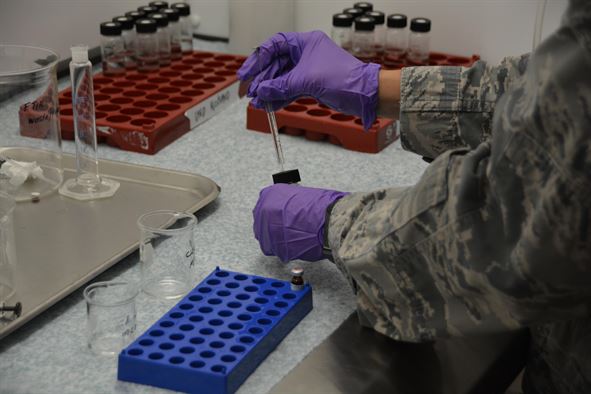FDA Revises Guidance on Safety Testing of Drug Metabolites
The US Food and Drug Administration (FDA) on Tuesday released revised guidance on recommendations to industry on when and how to identify and characterize drug metabolites whose nonclinical toxicity needs to be evaluated. The revisions mean the new guidance supersedes guidance from February 2008. The guidance has been revised to be in alignment with ICH [Read More...]


